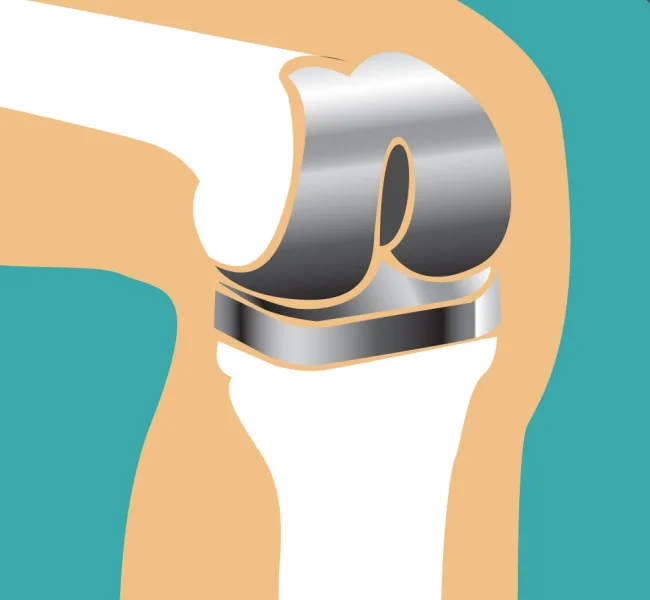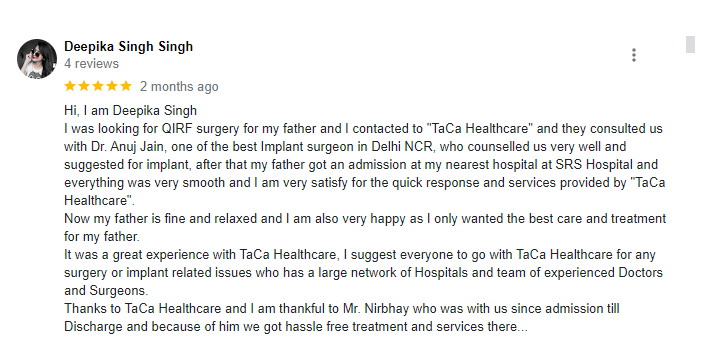What is Total Knee Replacement (TKR)?
Total knee replacement surgery (TKR Surgery) may be defined as the surgical procedure which involves replacing the femoral, tibia, and patellar, the articular surfaces of the knee with prosthetic components (made of smooth metal and highly cross-linked polyethylene plastic). TKR operation is performed for reducing pain and for enhancing the quality of life. Osteoarthritis is the most common cause of total knee replacement surgery in India and total knee replacements are one of the most common types of arthroplasties.
Most patients in India who get knee replacement surgery are typically between the ages of 60 and 80. Older and generally less active individuals also have a higher chance of having knee replacements lasting longer. The length of stay in hospital will likely be 4–6 days, depending on the type of knee replacement you had and how well you heal from the procedure. Individuals who undergo partial knee replacement surgery, also known as half-knee replacement surgery, typically spend less time in the hospital.
Broadly there are two types of knee replacement surgeries:
- Total knee replacement surgery, also known as Total knee arthroplasty.
- Partial knee replacement or minimally invasive partial knee replacements















